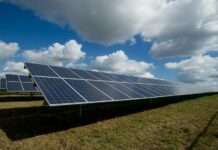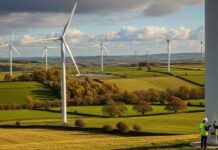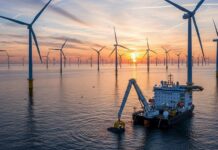The University of Cantabria, Spain’s group of researchers has gone on to conduct a pilot project when it comes to a self-sufficient home that can go on to run exclusively through hydrogen storage, batteries, as well as photovoltaics.
As per the group, this plant goes on to combine PV panels and hydrogen- PVHyP as a method pertaining to seasonal energy storage, thereby achieving an ambitious target in terms of accomplishing a social unit that is electrically self-sufficient all across the year. In order to achieve this kind of goal, a customized energy management strategy- EMS has gone on to get developed depending on the state of charge of the battery pack as well as the energy flow in the PVHyP, thereby making sure that the electrical consumption of the home always gets covered either by way of PV panels, battery packs, and also fuel cells.
In the case of their simulation, the scientists went ahead and collected data from January 2022 to December 2023 pertaining to an 80-m2 social home that is located in Novales. This is a small village in northern Spain. Apparently, the electricity bills from the years before the renewable electrification of houses went on to show that it consumed 2,513 kWh/year with a daily average consumption of 6.88 kWh. The average consumption in the winter as well as the fall was more than 7.3 kWh, and in the summer, it was 5.88 kWh/day.
With such kind of data, scientists moved to size the energy system through using software optimization as well as market analysis. Finally, they went ahead and settled on 20 solar panels having power of 40 W each, which were placed on the roof, and also four 2.4 kWh batteries. The rest of the plant was got installed in a shed in the neighboring plot, which included a 35 L water tank that made use of tap water post purification for electrolysis and also a 600 L hydrogen storage tank at 300 bar.
Due to the proposed system configuration, PV panels first should go on to supply the house load. The excess generation is then going to charge the battery, and once it is full, it gets stored within a high-pressure storage tank in the form of hydrogen generated through an electrolyzer.
According to the academics, when the solar irradiation happens to be insufficient so as to cover the demand of the house, the batteries go on to supply the required energy to the dwelling. If the batteries happen to be discharged, it is the fuel cell that goes on to generate electricity so as to charge the batteries from the hydrogen that’s stored. The fact is that, as far as possible, the hydrogen stored in the buffer gets used first in order to avoid the compression stage, hence increasing the energy efficiency. The system as well as the house get connected to the grid pertaining to the self-consumption basis so as to sell back to the grid all the extra energy.
As per the research group, the house went on to demonstrate self-sufficiency and the LCOE dipped from €0.86-or $0.92/kWh to €0.34 /kWh resulting in the tenants saving €1,170 per year. The researchers stressed that around 15200 kWh have been saved by way of fossil fuels, which is equal to as much as 2,260 kg of CO2.


































